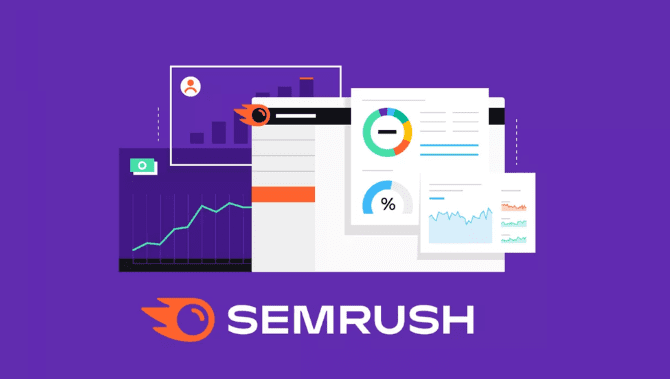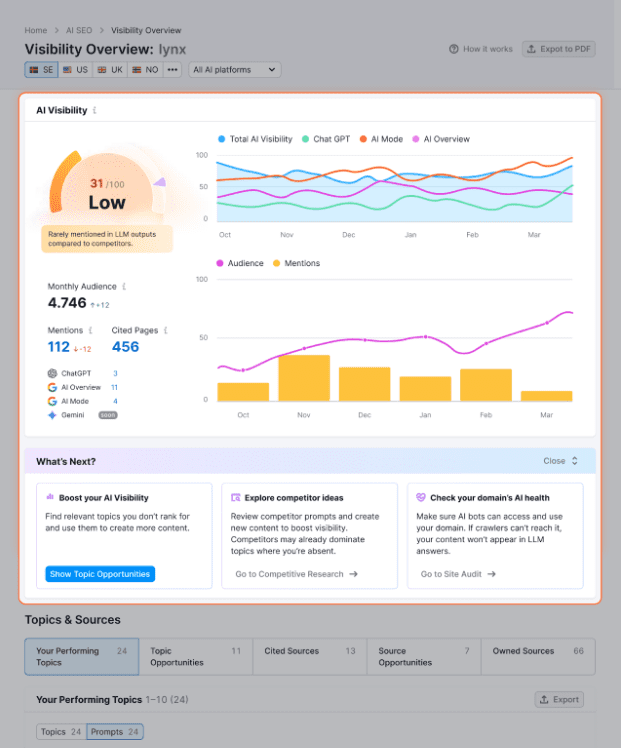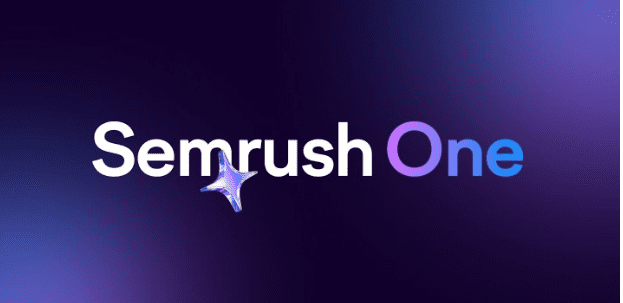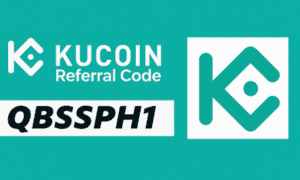**This post is sponsored by Semrush. When you purchase through links in this article, we may earn an affiliate commission from Semrush.**
Start tracking your AI citation share today, see how often your brand is mentioned across ChatGPT, Google AI Overviews, and other AI-powered platforms with Semrush One.
The End of Ranking as We Know It
For the first time in two decades, the foundation of search visibility is shifting. AI-powered search features such as Google’s AI Overviews, ChatGPT answers, and Perplexity results now occupy “position zero” for roughly 20% of all queries. These new experiences generate direct responses, often without users ever clicking through to a website.
This is the AI displacement era, where traditional SEO metrics no longer tell the full story. Rankings may remain stable, but traffic is declining. Search engines and AI assistants are absorbing the clicks. The result? A visibility crisis without a clear measurement framework.
The solution emerging from this disruption is Generative Engine Optimization (GEO), a new discipline that focuses on AI citation visibility, brand prominence inside generative responses, and technical structures that help large language models (LLMs) accurately interpret and reference content.
Why Marketers Are Flying Blind in the AI Search Era
Three challenges define this transition:
- No Standardized Metrics for AI Optimization Success
There’s still no recognized “AI Search Readiness Score.” Without benchmarks, teams cannot measure or justify GEO investments. - Traffic Displacement Without Attribution Alternatives
AI Overviews and chatbots answer users directly, absorbing organic clicks. Yet marketers lack a KPI to replace traffic as a measure of impact. - Impossibility of Manual GEO Optimization at Scale
Modern content ecosystems span thousands of pages. Restructuring, linking, and tagging for LLM comprehension can’t be done manually. The industry needs automation, and that’s where Semrush is stepping in.
How Semrush Is Redefining Visibility
The Semrush AI Visibility Toolkit transforms these challenges into measurable, actionable opportunities. Its purpose is simple: to operationalize Generative Engine Optimization by turning AI visibility into a data-driven system.
Core capabilities include:
- Brand presence and citation tracking across ChatGPT, Perplexity, Google AI Overviews, and other generative engines.
- A new AI Search Readiness Score that quantifies how visible and trustworthy your brand appears within AI responses.
- A Share of AI Voice metric, replacing traditional traffic KPIs by showing how often your brand is referenced compared to competitors.
- User question extraction, identifying the specific prompts and topics driving AI-generated mentions, enabling scalable, data-informed content creation.
The result is a complete measurement layer for post-ranking SEO, replacing guesswork with enterprise-grade data infrastructure.
From Traffic to Trust: The Strategic Shift
Semrush positions itself as the platform that makes Generative Engine Optimization measurable. In this new era, authority is no longer defined by PageRank, but by whether AI systems trust your brand enough to cite it.
This shift is already visible across professional networks:
- Andrew Holland noted that SEO will lose value as AI answers more queries, making GEO the next critical skill set.
- @thinking_slow observed that brands are now “competing with Google-branded blog posts” for one in five keywords, quantifying how AI Overviews displace traditional listings.
- @glenngabe reported that users prefer to click rich, authoritative content surfaced in AI panels rather than basic AI text, reinforcing the importance of content depth and structure.
Together, these insights underscore the same reality: marketers can no longer rely on rankings alone. The question is no longer where you rank, but how often you’re cited.
Introducing “AI Citation Share”, The New North Star Metric
When position zero displaces position one, citation share becomes the true measure of visibility. It quantifies how frequently your brand appears in AI answers, summaries, or recommendations, across multiple platforms and devices.
Strategic benefits:
- Moves organizations from deterministic keyword tracking to probabilistic AI visibility modeling.
- Captures semantic authority, entity richness, and sentiment weighting, all critical for LLM-driven discovery.
- Establishes a measurable bridge between traditional SEO and AI-first visibility strategies.
Semrush’s integrated toolkits, AI Visibility, Content, and SEO, deliver this transformation end-to-end. From question discovery and schema structuring to AI readiness scoring and content validation, the Semrush ecosystem unifies insight, execution, and measurement.
The Post-Ranking Era Has Arrived
Traditional SEO still matters, but it’s no longer sufficient. Visibility now depends on how AI interprets, cites, and trusts your content.
Generative Engine Optimization isn’t just the next trend in marketing; it’s the operating system for search in the AI era. By standardizing GEO metrics, benchmarking brand authority, and delivering automated optimization at scale, Semrush is defining the rules for the next decade of digital visibility.
Stop optimizing for rankings that no longer drive clicks. Start optimizing for AI visibility that does.
Discover how often AI mentions your brand, and start building measurable authority in the post-ranking era with Semrush One.

































